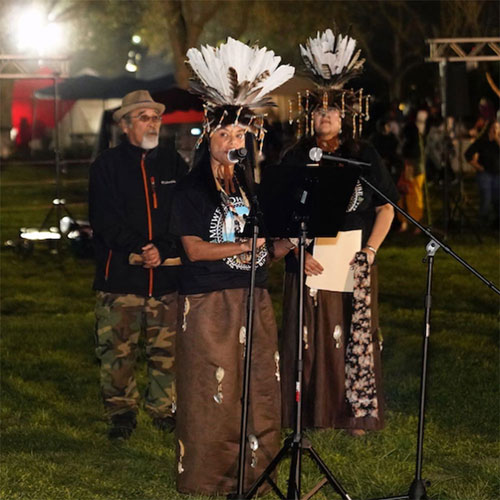How Native American Food Changed the World
How Native American Food Changed the World September 2023

Christopher Columbus set out from Spain to find a route to India to gain access to the fabled spices and wealth that the region was known for. As we now know, he landed up in a “New World” that did not offer him gold, silver, or spices, but did have something far more important. This land had food crops that were unknown in the rest of the world, which had been cultivated for millennia by the indigenous people.
The Columbian Exchange
In the 1970s, a historian named Alfred Cosby, coined the term “Columbian exchange” to describe the massive interchange of people, animals, plants, and more between the Old and New Worlds after Columbus arrived in America. It is estimated that today over half of the world’s agricultural crops had their origin in the Americas. Imagine a world where Italian food is made without tomatoes, Indian food has no chilies, and there is no corn, potatoes, beans and more. That would be the world today if the Columbian exchange had not occurred. Among the great contributions of Native American agriculture are:
- Maize: When the Europeans first arrived in the Americas they discovered a millet-like grain that the natives ate fresh and also dried and ground into flour that formed the basis of much of their food. The massive popularity of this grain is evident from the fact that while it traveled back to Europe in 1494, in about 50 years, it had spread as far as China and the Philippines.
- Beans: Beans are the ideal companion crop for maize. Beans add vital nitrogen to the soil and the stalks of maize are natural supports for the bean vines. Although beans quickly became a staple in the Americas, the fact that it complements maize cultivation so well caused its popularity to spread quickly across Europe and then to the rest of the world.
- Pumpkins and Squashes: These plants were prized by Native Americans for the high food value of their flesh, the energy provided by the seeds and the strong shells which were dried and once hard, could be used as water containers and vessels of various kinds. The unique taste and cooking options quickly made them popular with people everywhere.
- Potatoes: This was the staple crop in many parts of the Americas and because of the high calorific value and the variety of ways in which it could be cooked and served; it became a staple food of the European settlers also. These tubers quickly found their way across the Atlantic and became the staple food of much of the world.
- Tomatoes: These fruits were used in a vast number of Native American food preparations and because of their flavor and versatility, were quickly adopted by the settlers as one of their staples also. Tomatoes’ journey across the world was as quick and as widespread as that of potatoes.
There is today a growing awareness of the value of Native American culture and ways of life and how adopting these values will benefit mankind as a whole. What is often overlooked is the fact that much of what we eat today – the food that keeps us alive – has its origins in Native American agriculture. Events that celebrate Native American life like the Muwekma Ohlone tribal events and celebrations and their Ohlone language and revitalization efforts are important contributors to understanding the life and world of the indigenous people of this land. It is also important to appreciate the foods that the Native Americans gave us, and which are today an integral part of our lives.